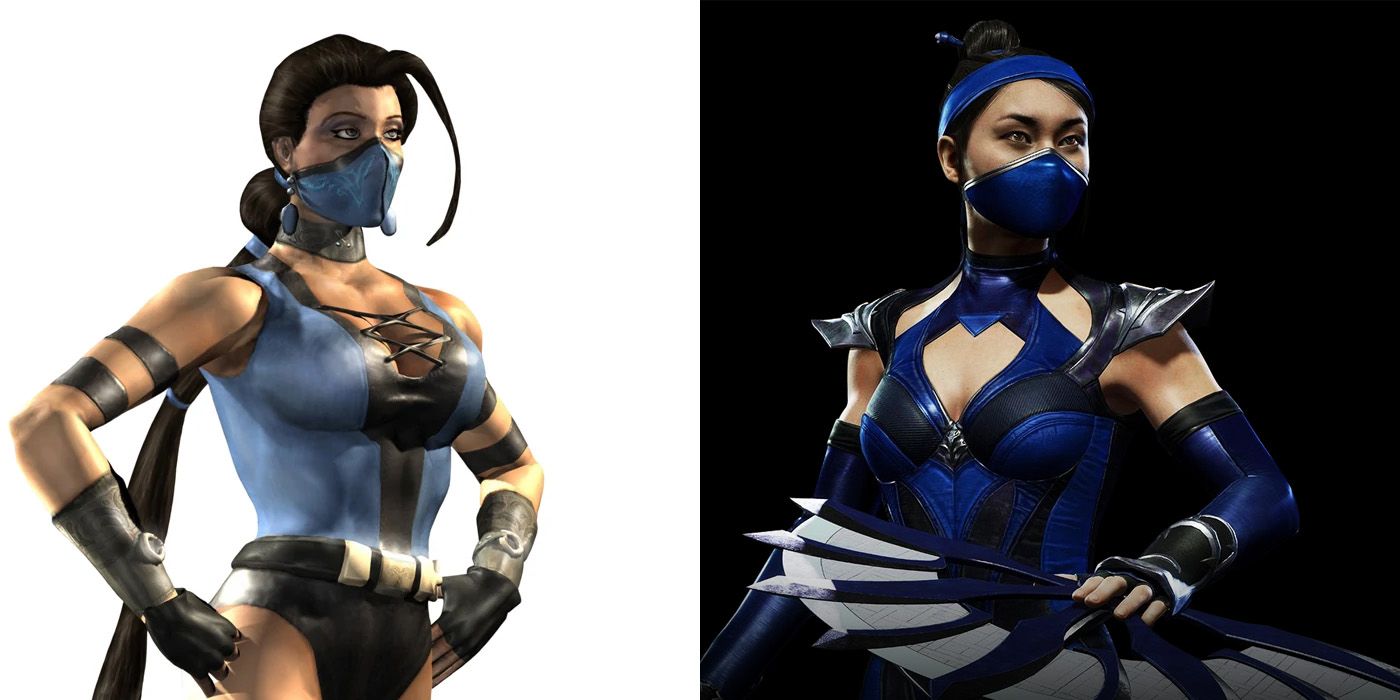
Fans of Mortal Kombat praise not just the franchise's take on its brutally-gory Fatalities, but also its extensive cast of characters. Joining the likes of Liu Kang, Sonya Blade, Scorpion, and Sub-Zero is Kitana, Princess of Edenia and one of Earthrealm's most devoted protectors.
RELATED: 10 Gaming Franchises You Can Complete (In Less Time Than Assassin's Creed Valhalla)
Despite her extradimensional origins, the Edenian Kitana has consistently joined the side of good throughout the series. However, beyond her signature blue suit and bladed fans lies a fierce and noble character. Interestingly, what other things about Kitana should Mortal Kombat fans remember?
10 Always A Princess, Always Good

Fans of Kitana got to play her character for the first time in Mortal Kombat 2. However, John Tobias already planned for her inclusion in the original MK game as a non-playable character. According to Tobias, he conceptualized a herald-type character who wielded a fan that served as the daughter of Shang Lao (Shang Tsung's first concept), and was a "victor's spoil" for Mortal Kombat's champion.
In Kitsune's original story, she eventually betrays Shang Lao when she falls for Liu Kang. Interestingly, while Kitana today has a vastly-different character design, her backstory remains intact. This time, Kitana served as the daughter of Shao Kahn, but she will also betray him as well.
9 Name Isn't By Chance
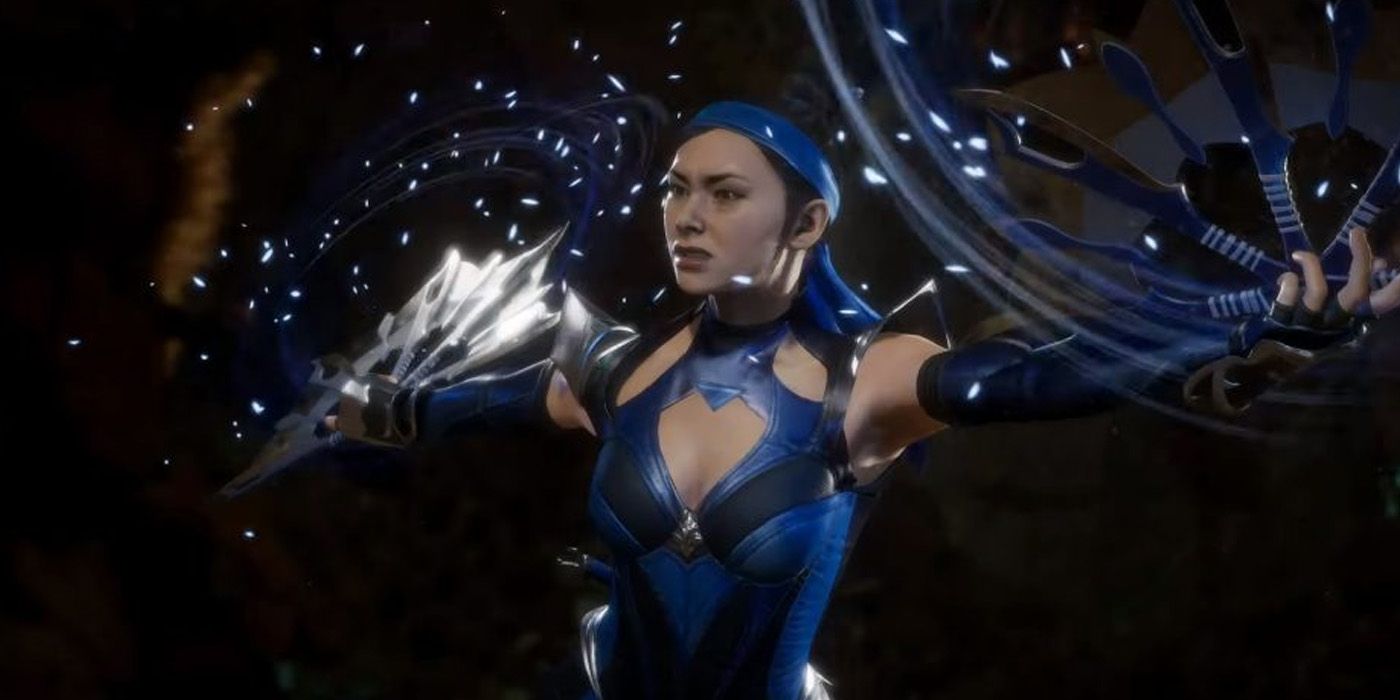
Players who hear Kitana's name for the first time might think of "Katana" (the Japanese sword) as its inspiration. Interestingly, players who think this are half-correct. According to John Tobias, Kitana's name have come from a combination of "Katana" the weapon and "Kitsune," as in the same Princess Kitsune character he created for the original Mortal Kombat game.
Interestingly, when Tobias pitched "Kitsune" as the name for Kitana, the team rejected it for its cultural implications. After all, given that Shang Tsung and Shao Kahn's name had Chinese origins, the Japanese "Kitsune" might not fit. When Tobias suggested "Kitana," the name seemed to have an ambiguous East Asian ring to it that the developers accepted it.
8 Fatalities Served As Homages
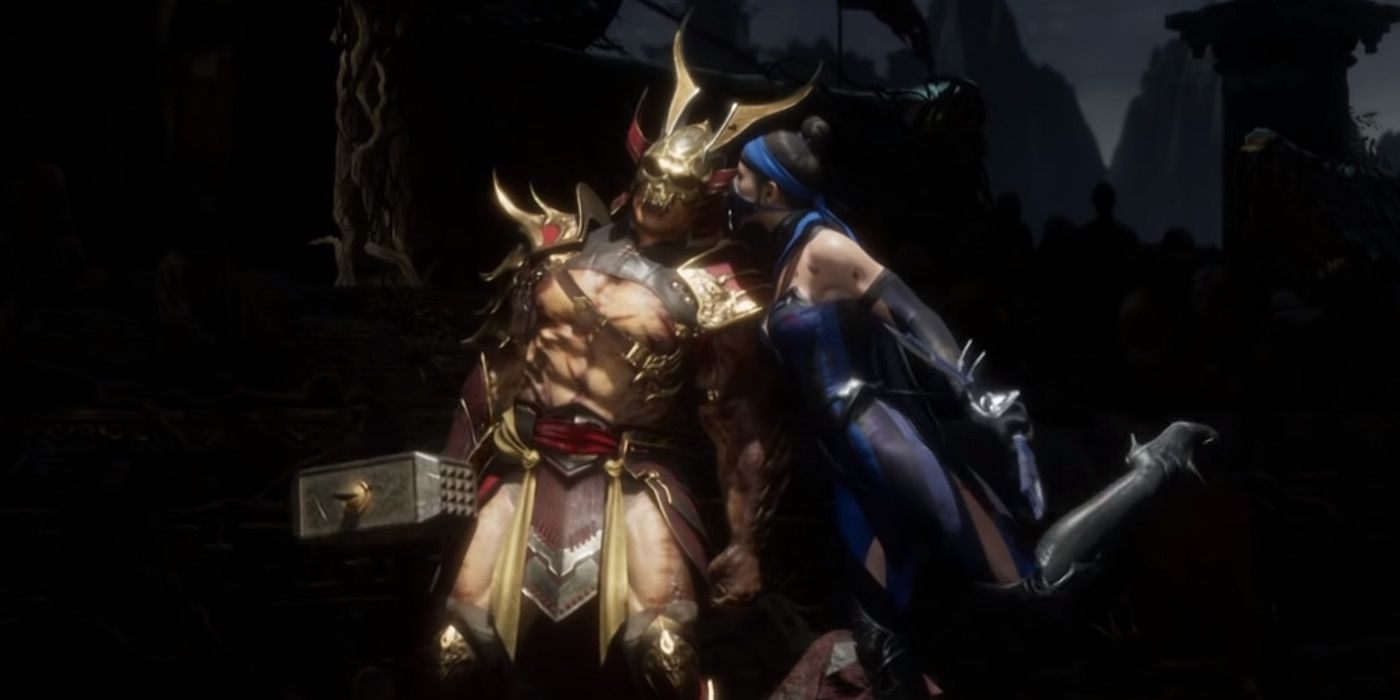
As with other characters, Kitana's signature Fatalities served as homages to pieces of media that the Mortal Kombat team loved at the time. For instance, Kitana's iconic "Kiss of Death" Fatality got its inspiration from the Live and Let Die film in the James Bond franchise.
Likewise, her Ultimate Mortal Kombat 3 Animality involves Kitana transforming into a rabbit that kills her opponent. Film buffs will recognize this as a reference to Monty Python and the Holy Grail, where a small killer rabbit also becomes a memorable minor character.
7 Female Ninja Icons
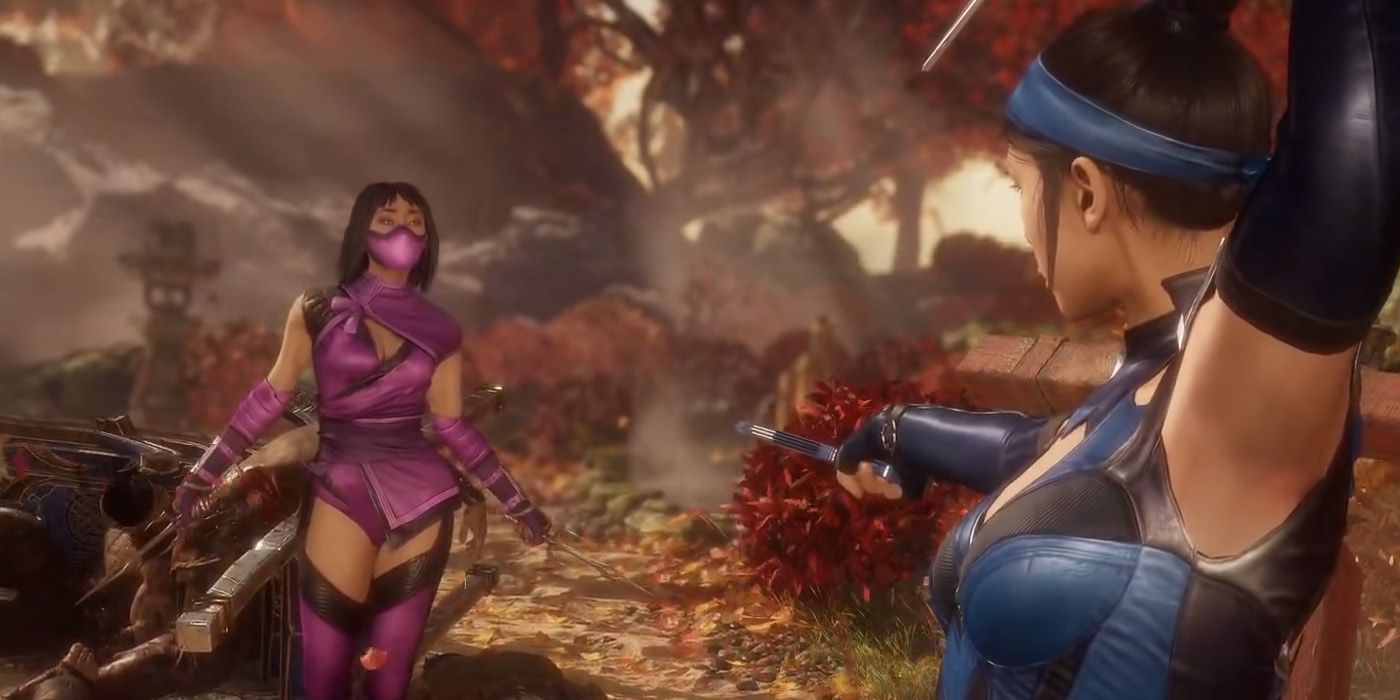
When Kitana and Mileena arrived in the franchise, fans could easily recognize their similar costumes, separate allegiances, and apparent rivalries. However, series co-creator Ed Boon revealed this move served as their way of presenting female equivalents to the hit rivalry of Sub-Zero and Scorpion. Of course, while Mileena served as an integral part of Kitana's character, only the latter seemed to have an "iconic" status comparable to the likes of the ice ninja Sub-Zero, fiery specter Scorpion, and even the Chosen One Liu Kang.
RELATED: 10 Mortal Kombat Memes That'll Have You Yelling "Get Over Here!"
Given their status as "icons," it makes sense for Kitana to serve as a "basis" for some other notable female characters in the franchise. For instance, her trusted confidant Jade also served as Shao Kahn's agent with a staff specialization. Meanwhile, Reptile's female counterpart Khameleon also wore the same ninja outfit, this time with invisibility. Tanya, the scheming daughter of an Edenian ambassador, also wore the same ninja outfit but only yellow. Lastly, blood-themed Skarlet will eventually make a debut with the similar outfit.
6 Mortal Kombat's Angels
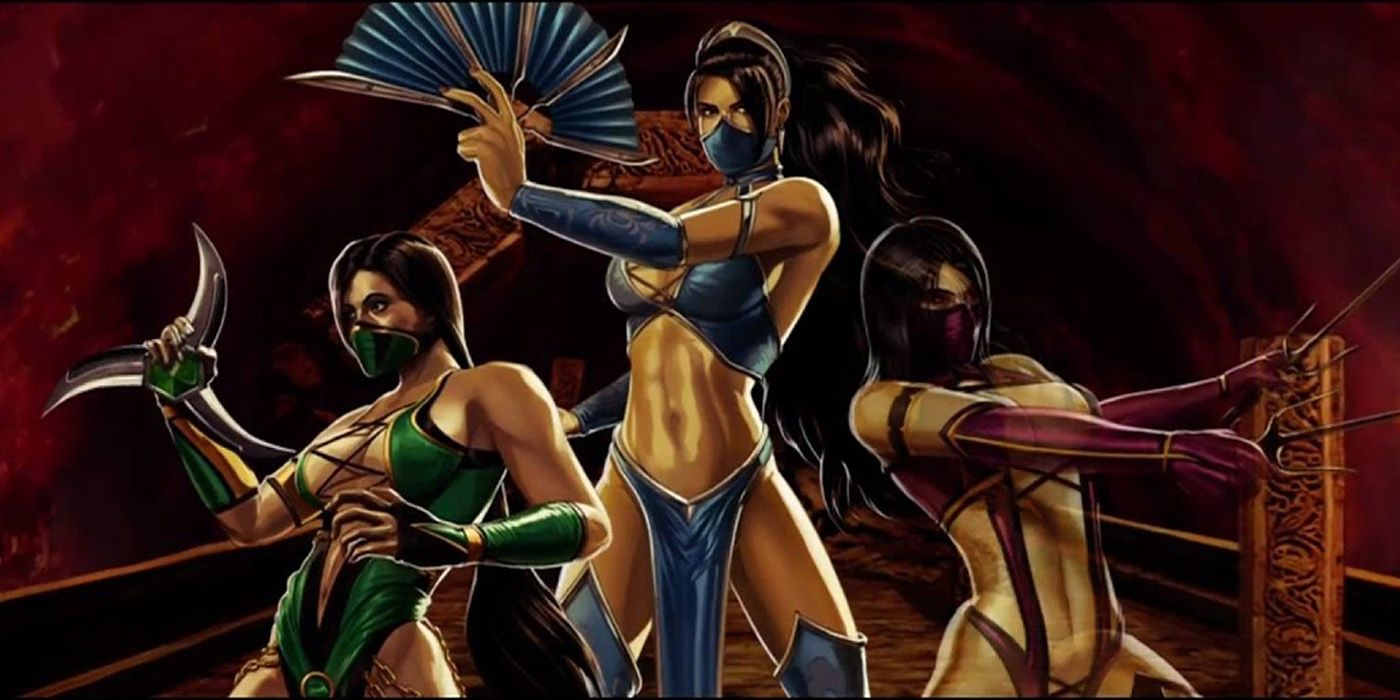
Players of classic games would notice that, prior to Mortal Kombat Gold, the characters of Kitana, Mileena, and Jade had identical costumes that only shared palette swaps. These swimsuit designs gave all three characters a common ninja theme, where only their colors and weapons differed. As such, Kitana wielded her bladed fans while Mileena and Jade had their signature sai and staff, respectively.
Interestingly, this "OG Trio" also formed a homage to Charlie's Angels. In Mortal Kombat 11, a non-canonical ending for Kitana involves her teaming up with Mileena and Jade. Amazingly enough, the ninja motif they share also fit the Angels, all three of which served as super-spies.
5 Kitana And Sonya Rivalry
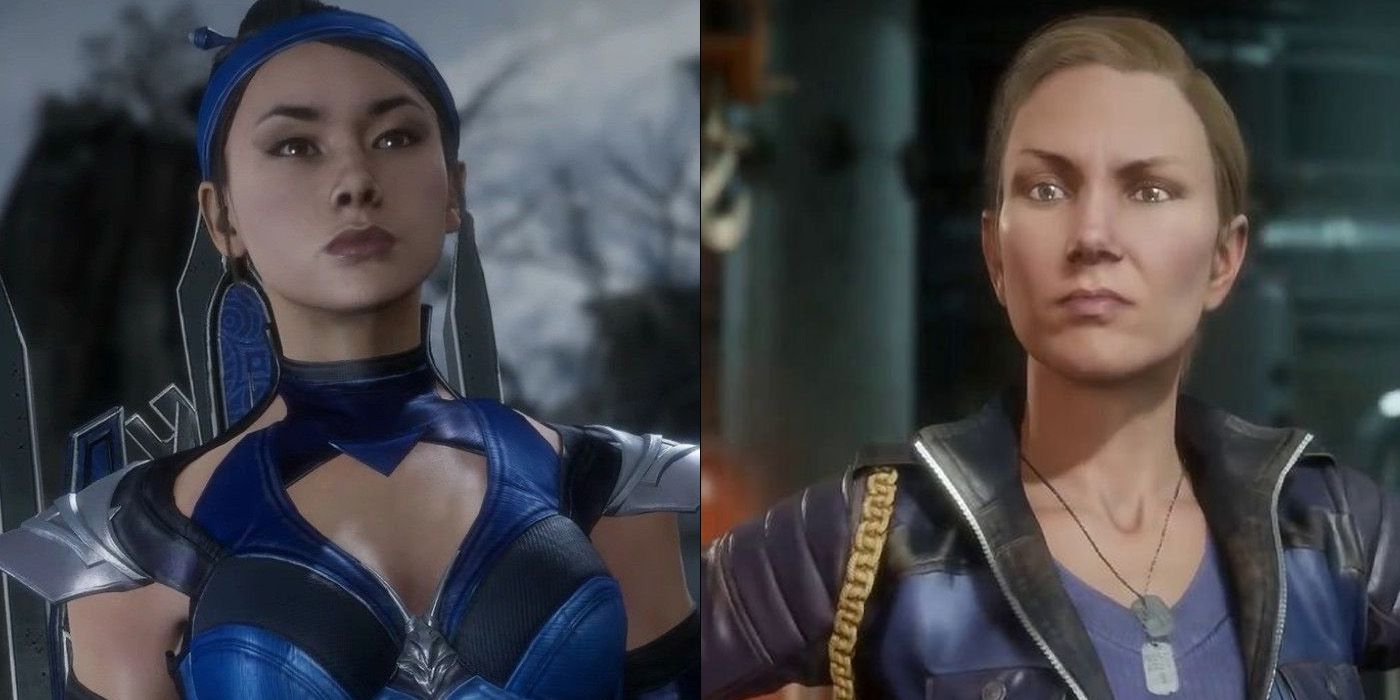
Kitana serves as one of the franchise's most recognizable characters. However, while the story consistently had Kitana form a rivalry with Mileena, Kitana may have a rivalry with Sonya Blade in terms of being an "icon." After all, Sonya serves as the first female character in the original MK roster, and even shared similar movesets in the early games.
However, Kitana and Sonya form interesting contrasts with each other. For instance, Kitana has a moveset that relies heavily on graceful strikes and quick slices with her bladed fans. Meanwhile, Sonya's training with the military gave her a more straightforward moveset alongside the usage of military-grade gadgets to even the odds with her superpowered foes.
4 Prone To Deception
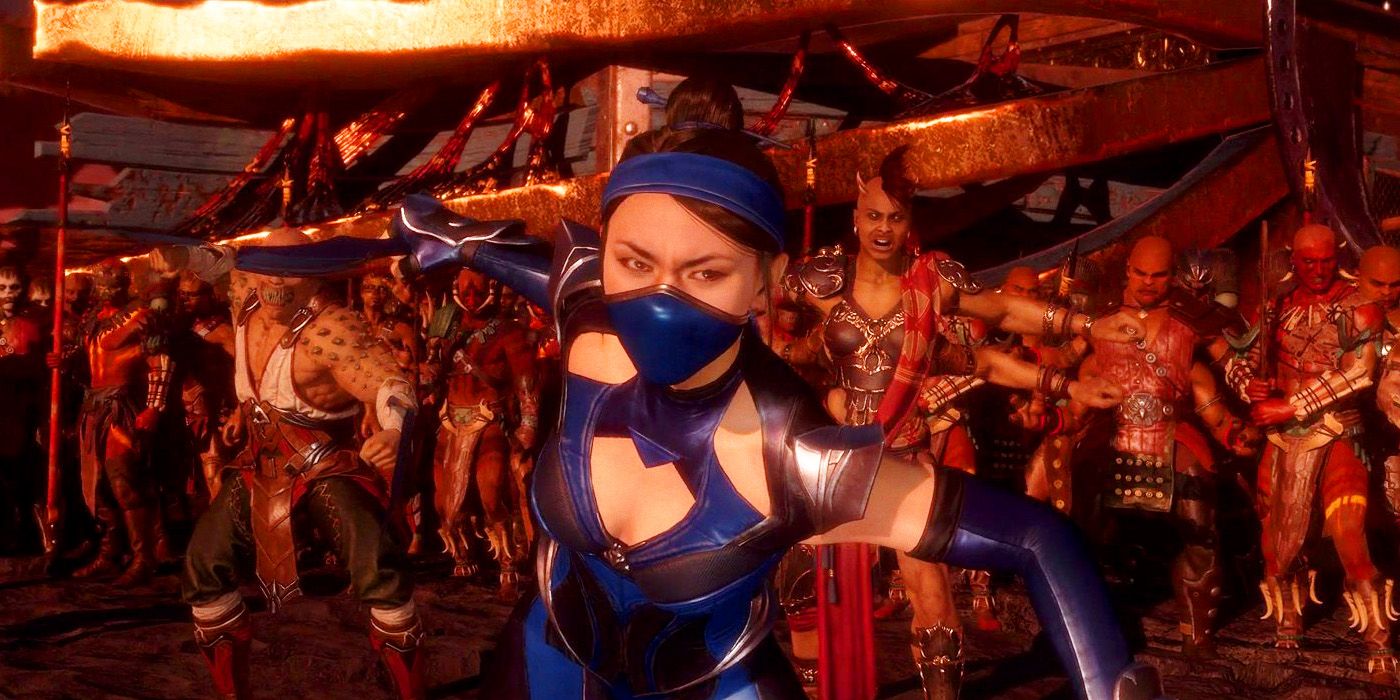
It's become a trope for villains to deceive and manipulate protagonists to do their bidding due to the latter's good nature. In Mortal Kombat, Kitana has become representative of this in multiple occasions throughout the franchise. For instance, her origin story alone proves Shao Kahn's deception. Throughout her entire life, Kitana believed Shao Kahn as her father until she learned of Shao Kahn's conquest and the murder of her father, King Jerrod of Edenia.
RELATED: 10 Pro Tips For Mortal Kombat 11 You Should Know
Additionally, it's only in the events of Mortal Kombat 2 where Kitana managed to actively rebel against her adoptive father. Sadly, Kitana suffers from manipulation in other instances as well. For instance, the Dragon King Onaga put her under his spell in Deception. Meanwhile, Jade and Mileena managed to put Kitana under Shao Kahn's spell. Likewise, in MK 11: Aftermath, Shang Tsung and the revived Sindel fooled Kitana into believing they had "good" intentions to seek Kronika's Crown.
3 Technically Dead Everywhere

Despite MK 11 introducing some complications with regards to the Original and Current Timeline iterations of Kitana, both versions seem to have canonically died regardless of timeline discrepancies. For instance, Kitana in the Original Timeline had fallen during the Battle for Armageddon. Shao Kahn reigned supreme in this battle, achieving ultimate power. This event also prompts Raiden to send a message to the past and jumpstart MK 2011's events.
Likewise, Kitana in Raiden's attempt to "fix" the Current Timeline succumbs to her injuries in the fight against Sindel. In the events of MK 11, the Past Kitana ends up being imprisoned by Shao Kahn but her fate remains unknown canonically. Technically-speaking, players can assume all versions of Kitana have died.
2 Ruler Across All Timelines

Leadership seems like a fickle thing due to the nature of Mortal Kombat. After all, Shao Kahn of Outworld frequently became victim of Shang Tsung and Quan Chi's schemes. Likewise, only Scorpion of the Shirai-Ryu and Sub-Zero of the Lin Kuei remained as steadfast leaders, but only of shinobi clans and not realms. Interestingly, only Kitana of all characters held the distinction of ruling two realms at once without having to merge them.
For instance, when Current Kitana died at the hands of Sindel, her soul ended up in Netherrealm. In her time there, Revenant Kitana became Empress of the Netherrealm along with the Revenant Liu Kang. Likewise, when Kronika manipulated time for her schemes, Past Kitana became Kotal Kahn's successor, becoming Kitana Kahn of Outworld.
1 Mortal Kombat's Wonder Woman
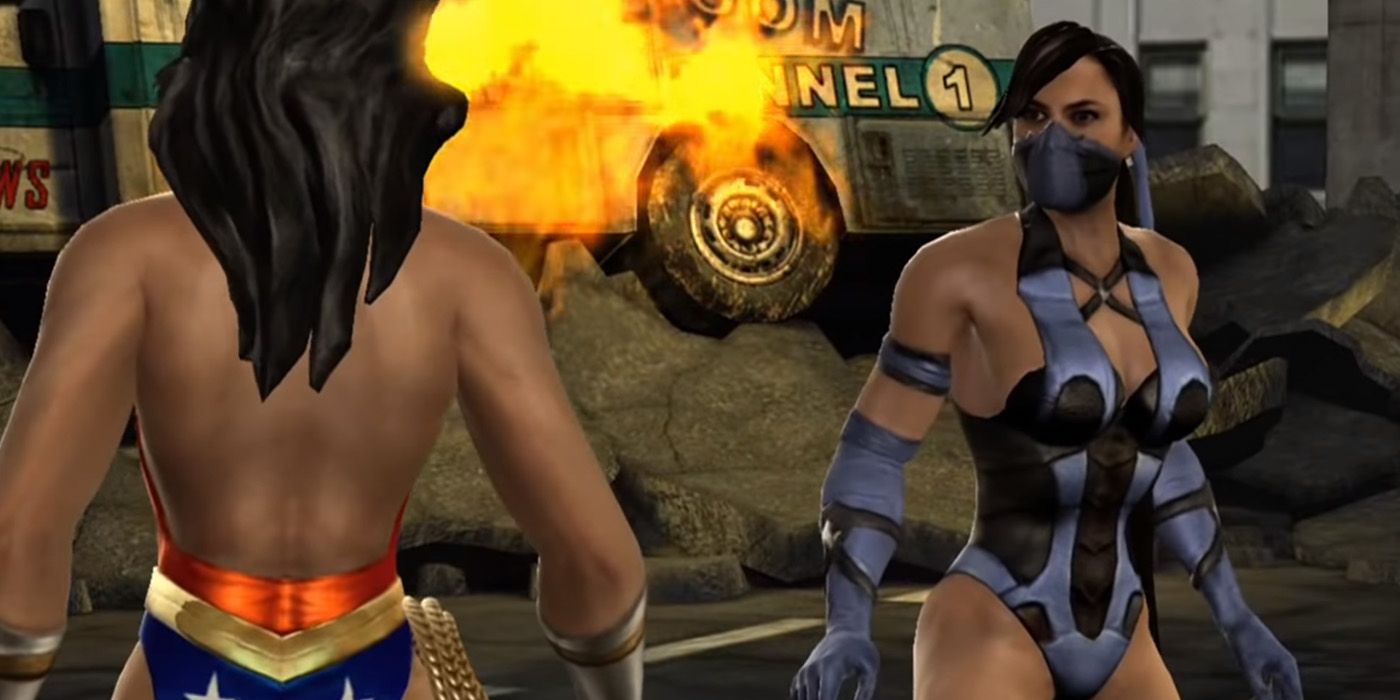
Fans may remember the mightiest warriors of Mortal Kombat facing DC Comics' most powerful characters in Mortal Kombat vs. DC Universe. In turn, while Raiden faced Superman, Kitana found herself fighting Wonder Woman - or Princess Diana of Themyscira. Interestingly, both Kitana and Wonder Woman have similarities that make them a perfect match for one another.
For instance, both Kitana and Wonder Woman served as Princesses of their respective domains. Likewise, both received extensive combat training - Kitana courtesy of Shao Kahn, and Diana as an Amazon. Interestingly, Kitana cements this connection in the ending of MK vs. DC Universe. In here, Kitana gains access to Shang Tsung's abandoned base, which she then transforms into Argus Island for her Edenian Resistance fighters - or Edenia's version of Themyscira.
NEXT: 10 Details About The Mortal Kombat Movie Debut Trailer Only True Fans Noticed

